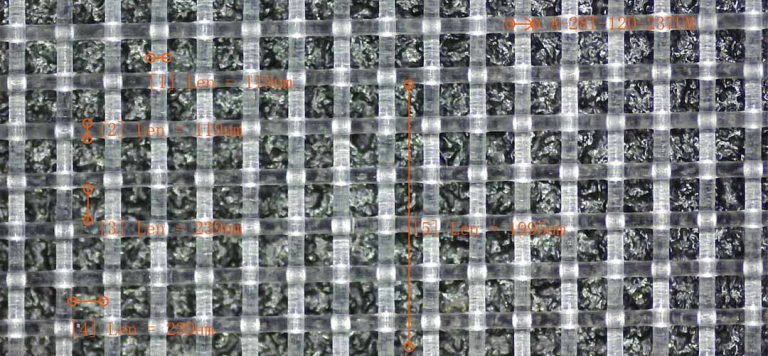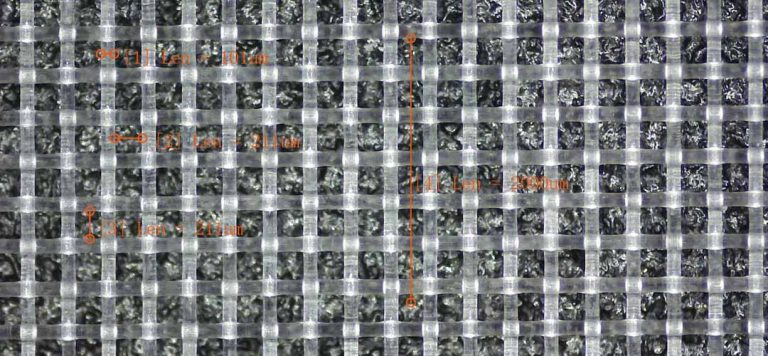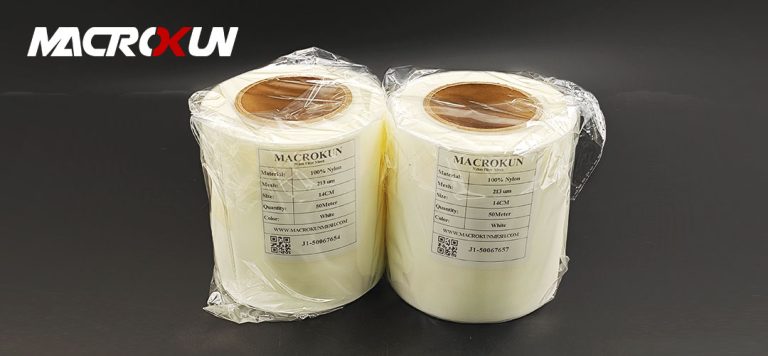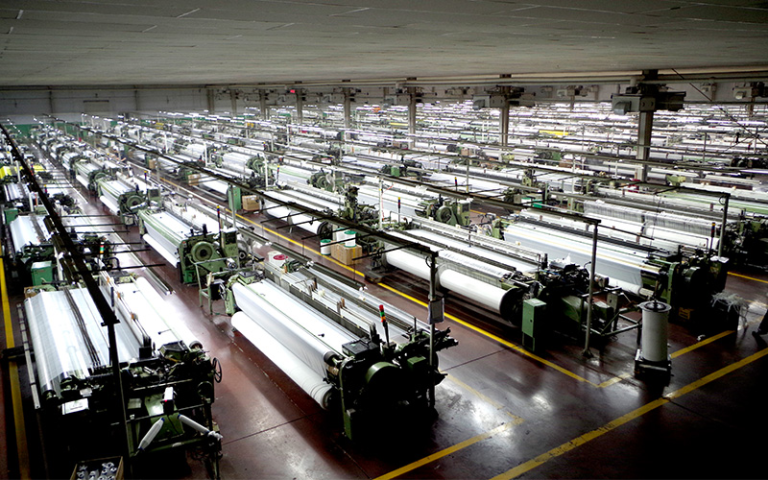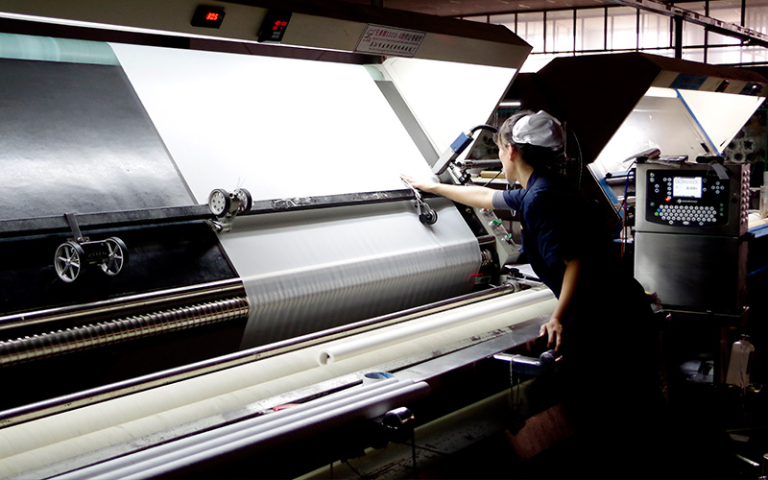Table of Contents
Advancements in Nanotechnology for fine nylon mesh Production
In recent years, there have been significant advancements in the production of fine nylon mesh for specialized uses, thanks to innovations in nanotechnology. Nanotechnology, the manipulation of matter on an atomic and molecular scale, has opened up new possibilities for creating finer and more durable nylon mesh that can be used in a variety of applications.
One of the key innovations in fine nylon mesh production is the development of nanofibers. These ultra-thin fibers, typically less than 100 nanometers in diameter, are much finer than traditional nylon fibers. This allows for the creation of mesh with smaller pore sizes, making it ideal for applications where precision is crucial, such as filtration and separation processes.
Another important advancement in fine nylon mesh production is the use of electrospinning techniques. Electrospinning involves using an electric field to draw nanofibers from a polymer solution and deposit them onto a substrate. This process allows for the creation of mesh with a high degree of control over pore size and distribution, resulting in a more uniform and consistent product.

In addition to nanofibers and electrospinning, researchers have also been exploring the use of nanocomposites in fine nylon mesh production. Nanocomposites are materials that combine nanoparticles with a polymer matrix to enhance their mechanical, thermal, and chemical properties. By incorporating nanoparticles into nylon mesh, researchers have been able to improve its strength, durability, and resistance to environmental factors.
These innovations in fine nylon mesh production have opened up new possibilities for a wide range of applications. In the medical field, fine nylon mesh is used in surgical implants, wound dressings, and drug delivery systems. The precise pore sizes and high surface area of nanofiber mesh make it ideal for filtering out bacteria and other contaminants, while the strength and durability of nanocomposite mesh ensure long-lasting performance.
In the environmental sector, fine nylon mesh is used in water and air filtration systems to remove pollutants and impurities. The small pore sizes of nanofiber mesh make it effective at capturing particles and microorganisms, while the chemical resistance of nanocomposite mesh ensures that it can withstand harsh conditions without degrading.
In the aerospace and automotive industries, fine nylon mesh is used in fuel filters, airbags, and other safety systems. The lightweight and high-strength properties of nanofiber mesh make it ideal for these applications, where performance and reliability are critical.
Overall, the advancements in nanotechnology for fine nylon mesh production have revolutionized the way we think about this versatile material. By creating finer, stronger, and more durable mesh, researchers have opened up new possibilities for its use in a wide range of industries. As technology continues to evolve, we can expect to see even more innovations in fine nylon mesh production that will further expand its applications and benefits.
Applications of 3D Printing Technology in Fine Nylon Mesh Manufacturing
In recent years, advancements in 3D printing technology have revolutionized the way fine nylon mesh is produced for specialized applications. This innovative manufacturing process allows for the creation of intricate and customizable mesh designs that were previously impossible to achieve using traditional methods. From filtration systems to medical implants, the applications of 3D printing in fine nylon mesh production are vast and varied.
One of the key advantages of using 3D printing technology in mesh manufacturing is the ability to create complex geometries with precision and accuracy. Traditional methods of mesh production often involve cutting, weaving, or molding processes that can be time-consuming and labor-intensive. With 3D printing, designers can easily create intricate mesh patterns that are tailored to specific applications, such as filtration, separation, or reinforcement.
Another benefit of 3D printing in fine nylon mesh production is the ability to customize mesh designs to meet the unique requirements of different industries. For example, in the medical field, 3D printed nylon mesh can be used to create patient-specific implants for bone reconstruction or tissue regeneration. By using advanced imaging techniques, such as CT scans or MRIs, designers can create mesh structures that perfectly fit the contours of a patient’s body, leading to better outcomes and faster recovery times.
In the aerospace industry, 3D printed nylon mesh is being used to create lightweight and durable components for aircraft and spacecraft. By using advanced materials and design software, engineers can optimize mesh structures to withstand extreme temperatures, pressures, and vibrations. This level of customization and control is crucial for ensuring the safety and reliability of aerospace systems in challenging environments.
The automotive industry is also benefiting from the use of 3D printed nylon mesh in the production of high-performance vehicles. By incorporating mesh structures into components such as air filters, cooling systems, and interior panels, manufacturers can improve the overall efficiency and performance of their vehicles. In addition, 3D printed nylon mesh can be used to create lightweight and aerodynamic parts that reduce fuel consumption and emissions, leading to a more sustainable transportation industry.
In the field of architecture and design, 3D printed nylon mesh is being used to create innovative building materials and structures. By combining traditional construction techniques with advanced 3D printing technology, architects can create unique facades, partitions, and shading systems that are both functional and aesthetically pleasing. The flexibility and versatility of nylon mesh allow designers to experiment with different shapes, textures, and patterns, leading to the creation of truly one-of-a-kind architectural elements.
Overall, the applications of 3D printing technology in fine nylon mesh production are vast and diverse. From healthcare to aerospace, automotive to architecture, this innovative manufacturing process is revolutionizing the way mesh structures are designed and produced for specialized uses. As technology continues to advance, we can expect to see even more exciting developments in the field of fine nylon mesh manufacturing, leading to new possibilities and opportunities for innovation.
Sustainable Practices in Fine Nylon Mesh Production for Environmental Conservation
In recent years, there has been a growing demand for fine nylon mesh in various industries, including agriculture, aquaculture, and medical applications. This versatile material is known for its strength, durability, and flexibility, making it ideal for a wide range of uses. However, the production of nylon mesh has traditionally been associated with environmental concerns, such as the use of harmful chemicals and high energy consumption. In response to these challenges, manufacturers have been developing innovative techniques to produce fine nylon mesh in a more sustainable and environmentally friendly manner.

One of the key innovations in fine nylon mesh production is the use of recycled materials. By incorporating recycled nylon fibers into the manufacturing process, companies can reduce their reliance on virgin materials and minimize the environmental impact of production. Recycled nylon is typically sourced from post-consumer waste, such as discarded fishing nets or old nylon garments, which are then processed and reformed into new nylon fibers. This not only helps to reduce waste and conserve natural resources but also reduces the carbon footprint of nylon mesh production.
Another important development in fine nylon mesh production is the adoption of eco-friendly dyeing processes. Traditionally, nylon mesh has been dyed using synthetic dyes that contain harmful chemicals and require large amounts of water and energy to apply. However, manufacturers are now turning to more sustainable alternatives, such as plant-based dyes and waterless dyeing techniques. These eco-friendly dyes are not only safer for the environment but also produce vibrant colors and patterns that are in high demand among consumers.

In addition to using recycled materials and eco-friendly dyes, manufacturers are also exploring new ways to reduce energy consumption in the production of fine nylon mesh. One innovative approach is the use of solar-powered machinery and equipment, which harnesses the energy of the sun to power the manufacturing process. By relying on renewable energy sources, companies can significantly reduce their carbon emissions and lower their overall environmental impact. Furthermore, advancements in energy-efficient technologies, such as LED lighting and automated production systems, are helping to further reduce energy consumption and improve the sustainability of nylon mesh production.
Furthermore, manufacturers are also investing in research and development to create biodegradable nylon mesh materials. Traditional nylon is a synthetic polymer that is not biodegradable and can persist in the environment for hundreds of years. However, scientists have been working on developing biodegradable alternatives that break down naturally over time, reducing the impact of nylon mesh on the environment. These biodegradable nylon materials are made from renewable sources, such as plant-based polymers, and offer the same strength and durability as traditional nylon mesh.
Overall, the innovations in fine nylon mesh production are paving the way for a more sustainable and environmentally friendly industry. By using recycled materials, eco-friendly dyes, energy-efficient technologies, and biodegradable alternatives, manufacturers are reducing their environmental impact and meeting the growing demand for sustainable products. As consumers become more conscious of the environmental impact of their purchases, the demand for sustainable nylon mesh products is expected to continue to rise. By embracing these innovations, manufacturers can not only meet this demand but also contribute to the conservation of our planet for future generations.

